Have you ever wondered how a fuse helps protect a toaster? If not, keep reading! In this blog post we’ll explore the complex relationship between toasters and fuses—from understanding exactly how they work together for protection, to learning what types of fuses are best used in certain home appliances. Not only that, but you’ll discover DIY tips on how to replace a blown-out fuse if necessary as well. If all these questions about fuses have been piling up in your mind, this is the article for you!
What is a Fuse?
It consists of a piece of wire or metal strip that melts and breaks an electrical circuit if the current flowing through it exceeds a specified value. This will stop the flow of electricity, thus protecting the appliance from hazardous conditions. [1]
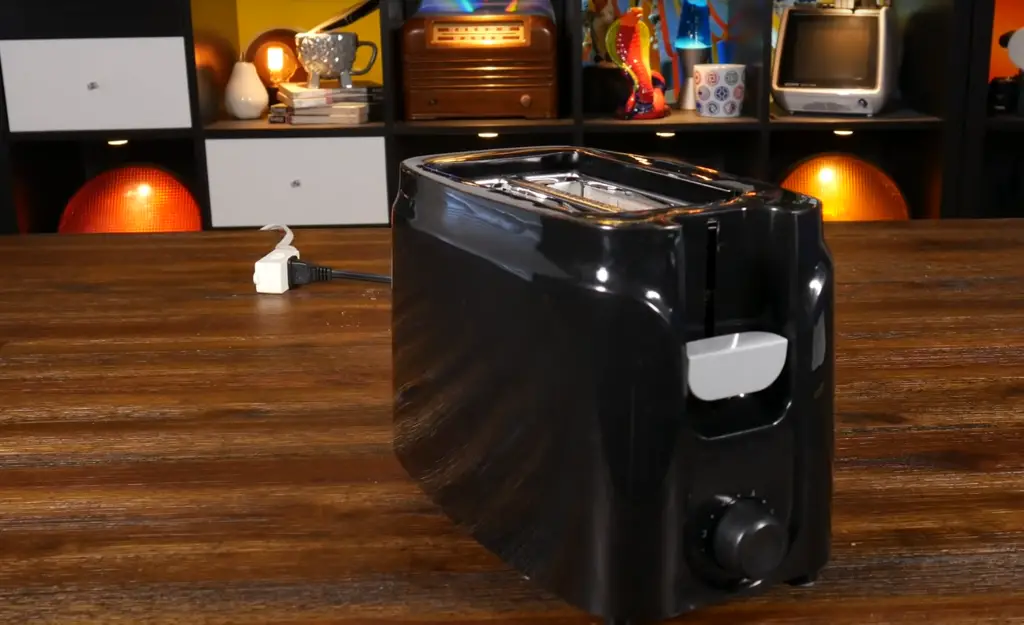
How Does a Fuse Work in Conjunction with a Toaster?
When connected to a power source, electrical current can flow through the circuit of a toaster. If there is an overload or short-circuit the circuit, it increases the current flow beyond what the wiring and components are designed to tolerate. This increase in current causes heat buildup that can damage the components and potentially result in a fire.
A fuse acts as a sacrificial element which interrupts this excessive current. When there is too much electric current, fuses have a metal wire that melts and opens up the circuit. This stops more electric current from flowing through.
Most modern appliances use thermal fuses for protection against overheating, including those found in toasters. Thermal fuses are typically located near the heating element, and are designed to open the circuit when temperatures reach a certain level. This helps protect against overheating that can be caused by excessive current or defective components.
In summary, a fuse helps protect the toaster from damage caused by an overload or short-circuit in the electrical circuit. The fuse will melt when too much electric current passes through it, opening up the circuit and preventing further increases of electric current from flowing through it. Thermal fuses are used for protection against overheating, helping to ensure the safe operation of any appliance. [2]
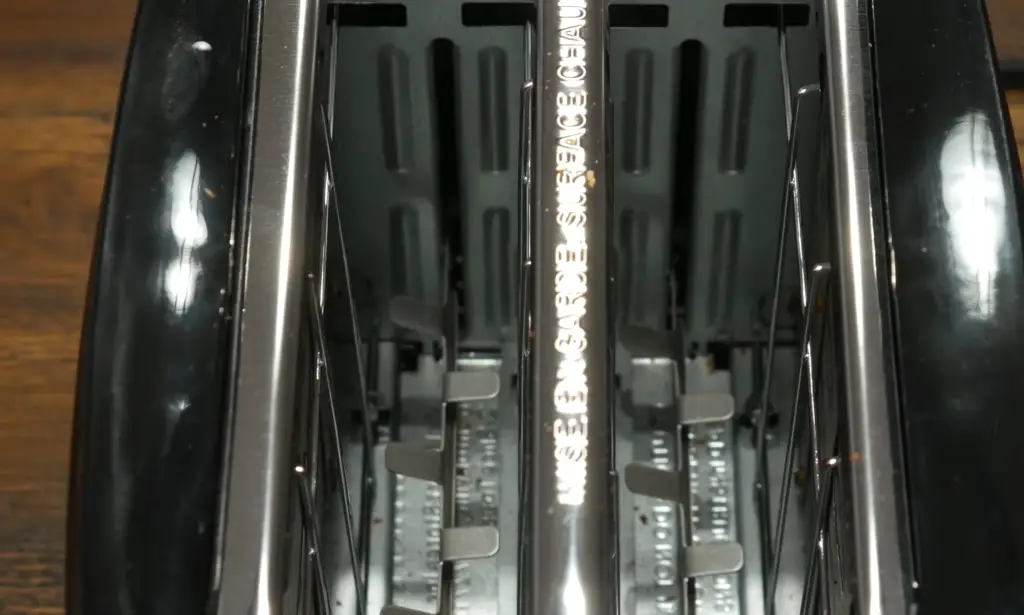
Different Types of Fuses for Toasters
Toasters are electrical appliances that convert electrical energy into heat, and it is important to protect them from surges and outages. Fuses come in different varieties; they are available as fast-acting, time delay, thermal fuses, etc.
Fast-acting fuses are designed to respond quickly when the circuit has too much current flowing through it. They will blow or trip very quickly if a short circuit occurs due to an overload or a current spike. These types of fuses are typically used in devices where protection against fire hazards is necessary such as electric ovens and washing machines.
Time delay fuses have a built-in timer which delays the fuse’s response when there is an overcurrent situation. This allows the user to turn off or reset the toaster before the fuse blows, and prevents it from tripping during normal operation.
Thermal fuses are designed to cut off power when a device overheats due to an overload condition. They use a bimetallic strip which is heated by current flowing through it, causing it to bend and break the circuit. Thermal fuses are usually used in appliances that draw large amounts of current such as food processors and hair dryers.
Using the right type of fuse for your appliance ensures that you have optimal protection against electrical faults and prevents damage from occurring. It is important to read up on the different types of fuses available and choose one that best suits your needs.

Tips for Replacing a Blown Out Fuse in Your Toaster
- Unplug the toaster from the wall socket and leave it to cool down for at least 15 minutes before attempting to replace a fuse.
- Carefully remove the cover of the toaster, either by unscrewing or removing snap-on plastic tabs.
- Locate the blown out fuse in your toaster, it will usually be round or cylindrical in shape with two wires leading into it at both ends.
- Remove any rust from around the terminals using sandpaper then disconnect both of the wires leading into each end of the blown out fuse using pliers or tweezers if necessary.
- Take care when handling new fuses as they can be quite delicate. Insert the new fuse into the two terminals and use pliers or tweezers to ensure that both of the wires are securely connected.
- Replace the cover of your toaster and re-attach any screws or snap on tabs as necessary. [3]
- Plug in your toaster and switch it on, if all is working correctly then you should find that it functions normally again with no further problems! If not, there may be a bigger issue at hand so it’s best to seek professional help from a qualified electrician if you’re unsure about anything.
Remember, replacing a fuse is a potentially dangerous task so it’s always best to be extra careful when doing so to avoid any potential harm. Always make sure that the power source has been disconnected and the appliance has cooled down completely before attempting to replace a fuse in your toaster.
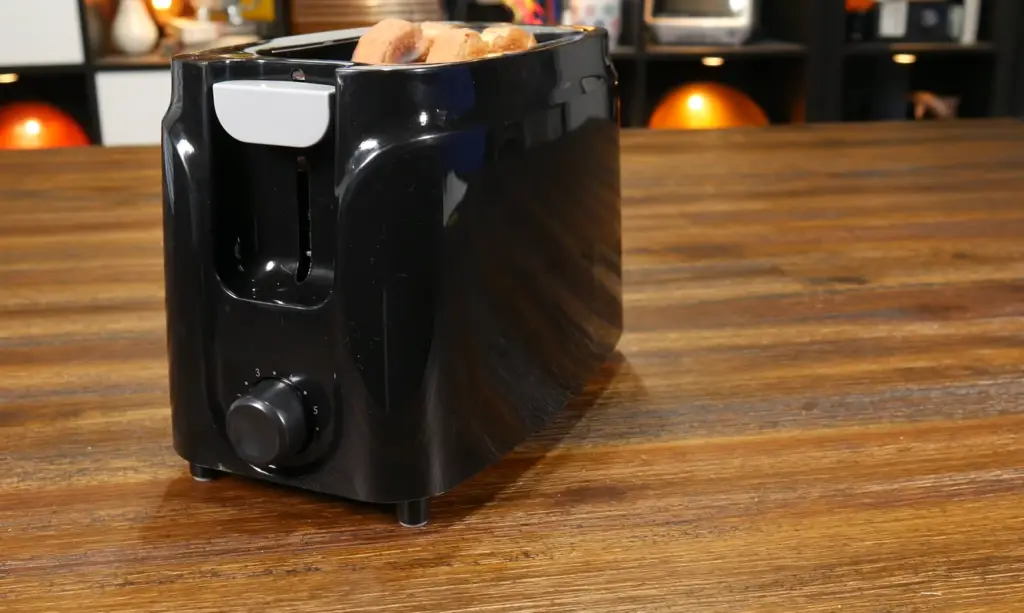
What to Do if Your Fuse Keeps Blowing
If your fuse keeps blowing when you turn on the toaster, there are a few steps you can take to prevent this from happening. First, make sure that the circuit breaker is not tripped. If it is, then reset it and try again.
Next, check the cord of the toaster for any breaks or damage. If you find any fraying or cuts in the wiring, replace the cord with an appropriate one. Make sure to unplug your appliance before checking for damage! Additionally, inspect all outlets connected to your appliance for oxidation or corrosion- if either is detected, use a cleaning agent such as vinegar and baking soda to remove them and ensure proper conductivity. [4]
Another reason why your fuse may be blowing is due to the wattage of the appliance exceeds what your circuit can handle. If you’ve verified that all wiring and outlets are in good condition, then this could be the cause. In this case, you’ll need to install a new fuse with a higher amperage rating so that it can handle more electricity.
Lastly, if your fuse blew due to an overload or short-circuit caused by something else on the same power line, such as another appliance or lighting fixtures, then you will need to remove it from the circuit altogether.
Following these steps should help you resolve any issues with your fuse and ensure that your toaster works safely and correctly.
Stay safe and enjoy your perfectly toasted bread!
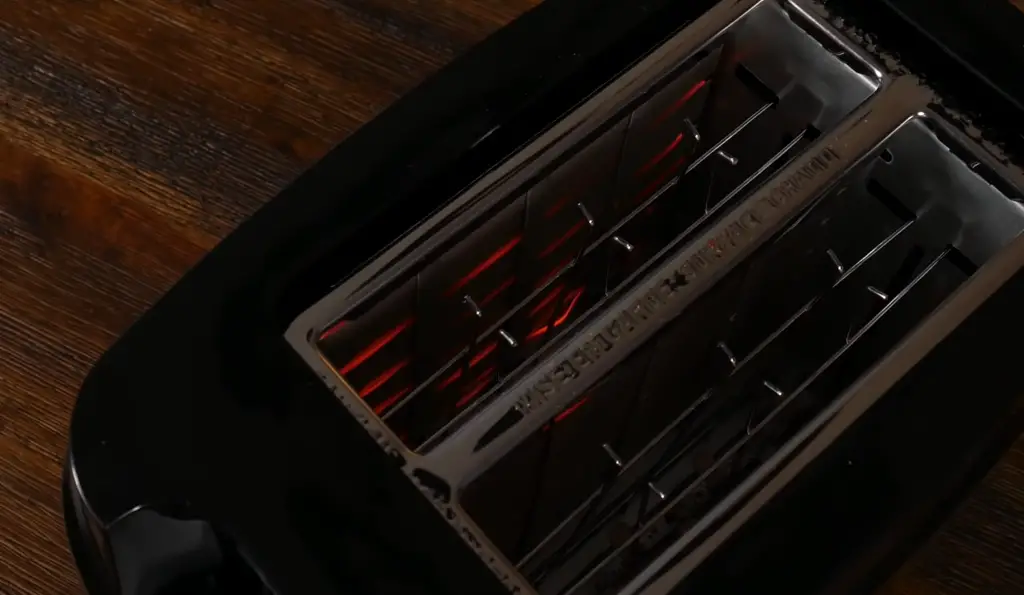
FAQ
How does a fuse protect an electrical appliance?
A fuse is an electrical safety device that prevents the flow of electricity from reaching hazardous levels. It works by having a metal conductor inside it that melts when too much current passes through, breaking the circuit and preventing any further electricity from passing through to the appliance. This protects both people and equipment from shocks and potential fires caused by excessive power being drawn in. In the case of a toaster, the fuse is there to protect the heating element from overheating or shorting out if too much current is sent into it. If this happens, then the fuse will blow before any permanent damage can occur.
Why do I need a fuse for my electrical appliances?
Fuses are essential for protecting your electrical appliances and you against potentially dangerous electric shocks or fires. Without a fuse, any power surge or overvoltage could go unchecked and cause serious damage to your appliance. By having a fuse in place, you can ensure that the appliance will be protected from any excessive current or voltage levels. This is especially important when using powerful appliances such as microwaves or toasters, which require more power than other household items. Additionally, fuses are important for preventing electrical fires that can start when too much current passes through an appliance’s wiring.
Are there different types of fuses?
Yes! There are two main types of fuses: cartridge fuses and blade type fuses. Cartridge fuses contain a metal conductor wrapped in ceramic insulation within a cylindrical enclosure while blade type fuses contain a metal conductor strung between two metal strips. Additionally, there are different styles of the same types of fuse. For example, some cartridge and blade type fuses come with an indicator light that will alert you when the fuse has blown. This is useful for easy identification of the specific component that needs to be replaced.
Why do I need to replace my fuse regularly?
Fuses act as protective devices by limiting current flow through electrical circuits which helps prevent any potential damage or fires caused by overloading them. However, they can wear out after a while due to constant usage and require regular replacement in order to keep your appliances safely powered up. It’s important to check your fuse periodically throughout its lifetime and replace it when needed.
Are there any safety tips I should keep in mind when using a fuse?
Yes! When dealing with fuses, it’s important to remember the following safety tips:
- Read all instructions carefully before working with a fuse or appliance.
- Wear gloves and use insulated tools to avoid electric shock.
- Use appropriate fuses for the intended purpose only and check the label to make sure you have chosen the correct current rating.
- Make sure that the power is off before replacing any fuses.
- Never replace a fuse with one of higher amperage as this can cause damage to your appliances. Finally, always remember to unplug your appliances from the power source before attempting any repairs or maintenance.
Will an appliance work without a fuse?
No, an appliance such as a toaster will not work without a fuse. A fuse is responsible for providing a safe electrical path and breaking the circuit when too much amperage passes through it. This prevents the appliance from overheating and potentially causing an electrical fire. The fuse acts like a gatekeeper between the electricity source and the appliance, ensuring that no more electricity can enter than what is necessary. If there is ever an issue with overloaded circuits or short-circuiting wires, the fuse will blow before any damage can occur. Fuses come in many shapes and sizes, depending on their purpose and application. For example, some fuses are designed specifically for household appliances while others may be used in automobiles or industrial applications. When a fuse blows, it must be replaced with one of the same amperage as the old one in order to ensure that no further damage is caused.
How does a fuse wire protect an electric circuit Class 10?
A fuse wire is used as a protective device in an electric circuit Class 10. It works by breaking the connection of an electrical circuit when the current passing through it exceeds its predetermined limit. The fuse wire has a thin metal strip that melts and breaks when it carries more than its rated current, to instantly shut off the flow of current. This protects all other components in the circuit from damage or overheating due to excess current. Fuse wires come in different ratings to meet different power needs, and should always be replaced with one of the same rating if damaged or burnt out. In this way, fuse wires help protect circuits from damage due to short circuits, overloads, or faulty wiring.
How does a fuse protect a kettle?
A fuse is an electrical device designed to protect the kettle circuit from overloads and short circuits. It works by breaking the circuit when a significant amount of current passes through it. A toaster has two main components: the heating element and the motor. The heating element generates heat, while the motor drives a fan to circulate hot air in order to cook whatever is being put in the toaster. If either component draws too much current, a fuse will trip and break the electrical connection, preventing damage from occurring. Fuses come in different sizes that are related to how much current they can handle before tripping; this helps ensure that the correct size fuse is used for each appliance.
Useful Video: The Electromagnet in Your Toaster
Conclusion
In conclusion, fuses are an important part of keeping electrical appliances safe. They can help prevent damage to the appliance in the event of an overload or short circuit. Fuses work by breaking the path if too much current flows through it, thereby preventing further damage to the appliance and its components. Knowing how a fuse works in a toaster is essential for proper maintenance and safety. By understanding how a fuse works, you can be sure that your toaster will last longer with fewer problems. If any issues do arise, replacing the fuse is usually a simple fix that can get your toaster back up and running quickly and safely.
References
- https://www.electricalsafetyfirst.org.uk/guidance/safety-around-the-home/plugs-and-fuses/
- https://brainly.com/question/9437171
- https://www.scienceabc.com/innovation/fuse-protect-circuit.html
- https://www.answers.com/Q/How_does_a_fuse_protect_a_toaster
- https://www.familyhandyman.com/article/how-circuit-breakers-work/





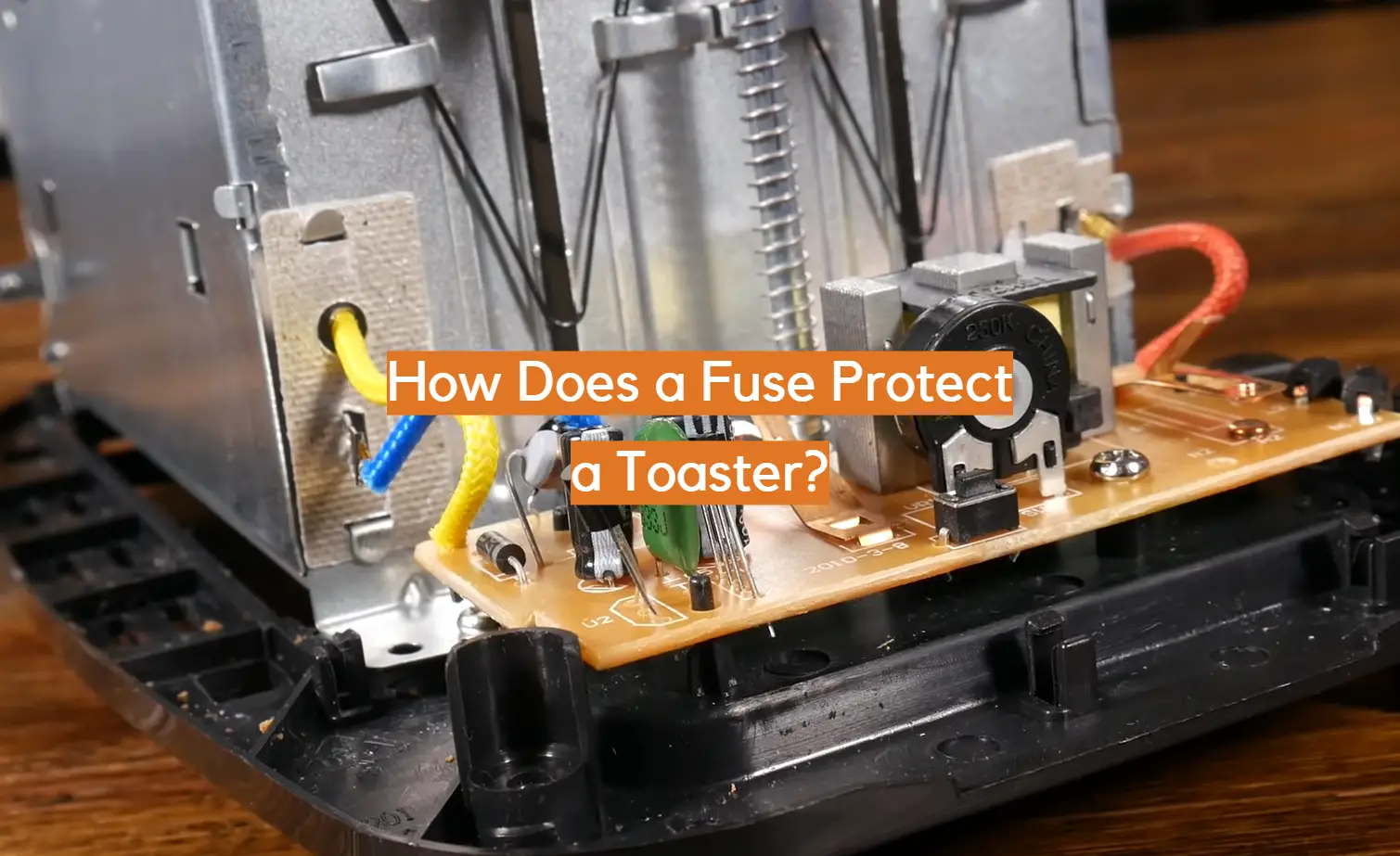








Leave a Reply